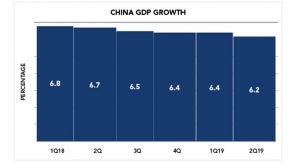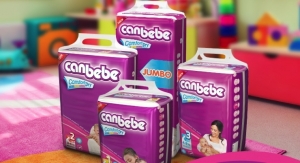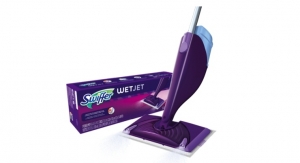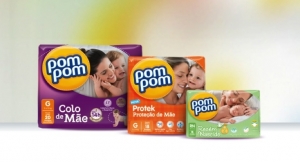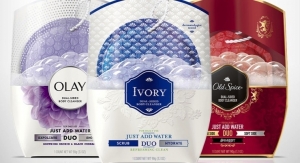Karen McIntyre, Editor07.31.17
This month, Ontex announced the next frontier in its globalization plan—Ethiopia. The European manufacturer of private label and branded hygiene products announced it had opened its first plant in the country, once known for severe famine, and was planning to redesign its Canbebe diaper brand specifically for the needs of this market.
According to Ontex, the plant is the first internationally owned diaper manufacturing facility in Ethiopia, which will serve the second largest growing diaper market in the world—East Africa. Entering this market with a localized investment is in sync with the company’s global expansion strategy, which it has already applied in areas like Mexico, Brazil and Turkey. By bringing manufacturing close to the end user, Ontex is able to respond efficiently and flexibly to the market’s needs, which vary by region.
So, what are the needs of the East African consumer?
As more Africans move into urban areas and education on health and hygiene becomes more widespread, the use of disposable diapers will continue to expand, probably around 5% per year, according to various reports. With a birth rate that is higher than most developed countries—32 per 1000 in Ethiopia and nearly 35 per 1000 in Kenya—this region will have more babies to diaper in upcoming years.
Currently, Kenya is leading the region with the highest amount of diaper sales, and Procter & Gamble dominates this country with its Pampers brand. Just south of Kenya, Ethiopia has not seen the same level of growth, but Ontex is surely betting that good times are ahead for the country.
Of course, Ontex isn’t the only diaper manufacturer dreaming of Africa. In addition to its successful Kenyan operation, P&G has plants in Egypt, South Africa and Nigeria while Kimberly-Clark and Essity (formerly SCA) have focused on South Africa.
As markets in developing regions, like Southeast Asia and China, become more developed, surely more hygiene manufacturers will continue to look at all regions of Africa as their next growth engine. Already, we are seeing nonwovens manufacturers like Pegas, Gulsan and Fibertex commit to establishing plants on the continent.
Do you think investment in Africa is a safe bet for the nonwovens industry?
Karen McIntyre
Editor
kmcintyre@rodmanmedia.com
According to Ontex, the plant is the first internationally owned diaper manufacturing facility in Ethiopia, which will serve the second largest growing diaper market in the world—East Africa. Entering this market with a localized investment is in sync with the company’s global expansion strategy, which it has already applied in areas like Mexico, Brazil and Turkey. By bringing manufacturing close to the end user, Ontex is able to respond efficiently and flexibly to the market’s needs, which vary by region.
So, what are the needs of the East African consumer?
As more Africans move into urban areas and education on health and hygiene becomes more widespread, the use of disposable diapers will continue to expand, probably around 5% per year, according to various reports. With a birth rate that is higher than most developed countries—32 per 1000 in Ethiopia and nearly 35 per 1000 in Kenya—this region will have more babies to diaper in upcoming years.
Currently, Kenya is leading the region with the highest amount of diaper sales, and Procter & Gamble dominates this country with its Pampers brand. Just south of Kenya, Ethiopia has not seen the same level of growth, but Ontex is surely betting that good times are ahead for the country.
Of course, Ontex isn’t the only diaper manufacturer dreaming of Africa. In addition to its successful Kenyan operation, P&G has plants in Egypt, South Africa and Nigeria while Kimberly-Clark and Essity (formerly SCA) have focused on South Africa.
As markets in developing regions, like Southeast Asia and China, become more developed, surely more hygiene manufacturers will continue to look at all regions of Africa as their next growth engine. Already, we are seeing nonwovens manufacturers like Pegas, Gulsan and Fibertex commit to establishing plants on the continent.
Do you think investment in Africa is a safe bet for the nonwovens industry?
Karen McIntyre
Editor
kmcintyre@rodmanmedia.com


